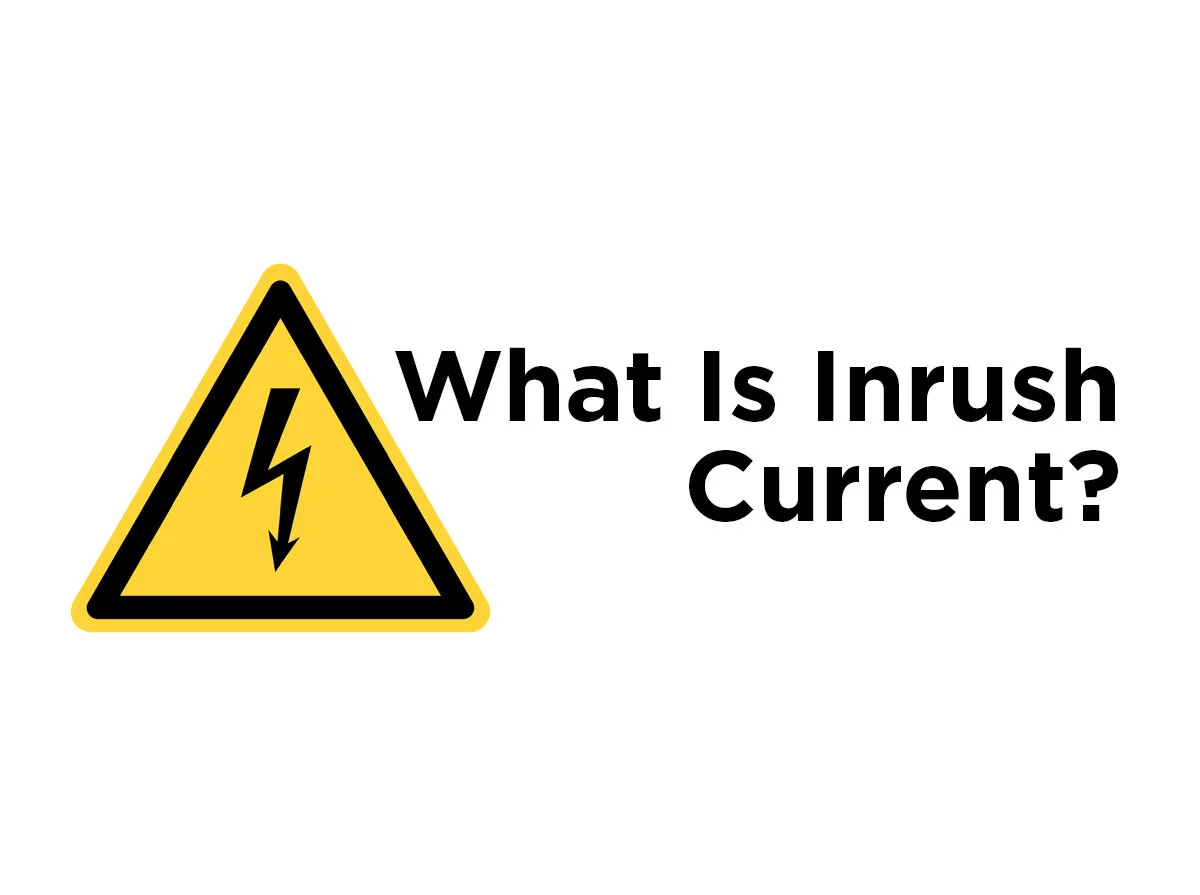What is Inrush Current?
As our lighting systems become more efficient, and more complicated, new problems arise from within the circuits themselves. In the immortal words of James Doohan’s character, Montgomery Scott, “The more they overtake the plumbing, the easier it is to stop up the drain.” Inrush current is one such problem. In lighting, the energy-efficient electronic ballast (or in the case of LED lighting, the electronic driver) is boosting efficiency at the cost of compromising older components. This isn't a new problem, but the newer ballasts and drivers have made it a bigger problem than it was before, and it’s a problem we’d like to address today.
What is Inrush Current?
Inrush current is the increased load demand caused by a device as it starts. For example: When an incandescent lamp is initially turned on, the electrical resistance of the bulb’s filament is very low. As the filament heats up, this resistance also increases. This process does not take very long (incandescent light bulbs heat up very quickly), but that initial cool-stage means that the filament is drawing a much higher level of current than it will be later on during its operation. It’s easy to see using Ohm’s Law:
Ohm's Law
What we see most often, are low current switching devices such as non-industrial light switches, photometric controllers, control relays, and low-current timers being fused or burnt out when activated. Many of these devices are rated for the wattage of the circuit, but are not designed to handle such a high inrush current when switched on, leaving you with a constant replacement cycle for a simple component. Most devices have some inrush current when initially started (the basic resistance of a circuit causes this inrush as in the case of the incandescent bulb), but the more complicated a device (ballasts, drivers, or electrical motors are good examples), the more they have to use capacitors and inductors to regulate or control voltage and current within the circuit. These control circuits can create a massive amount of inrush current during the first few seconds of activation. The devices generating these currents are designed to handle them, and the inrush current is always within tolerance, so what’s the issue? The problem is that any other devices wired in series with the high-draw device are going to experience the same amount of inrush current.
Most of the time, residential buildings do not have to worry about inrush current, but, when a house or apartment has been retrofitted with LEDs or upgraded to electrical ballasts for fluorescents, you may find issues with dimmers that are being overtaxed. On extremely rare occasions, you may also find that placing too many new or ballasted lights on the same circuit will lead to a breaker trip due to inrush current when the lights are turned on.
What Can You Do?
Many of these low-current switching devices improve efficiency, so you don’t want to remove them from the system, but there are ways to ensure you aren’t replacing fused or burnt components every time you turn on a light.
Predictive Load Transfer Switching – You can ease inrush current by letting voltage build slowly. AC systems use an oscillating waveform, which means that voltage switches between positive and negative. Predictive load switching waits for a point during this cycle where the voltage on the circuit is zero before engaging. By waiting for this zero-point, the circuit applies current gradually, rather than slamming the system with full current all at once.
Solid-State Switches –Electronic ballasts and drivers use what’s known as solid-state electronics. In layman’s terms, there are no moving parts (no relays or physical switches) inside the circuit. Everything is done using transistors and digital devices. This accounts for the high inrush but it’s also designed to protect itself against fusing, since no contacts are opening or closing. The constant switching of contacts in a relay or switch causes electrical arcing when power is applied, which can fuse a circuit into the on position. Using a solid-state switch removes this problem entirely.
Be sure to follow us on Facebook, Twitter, LinkedIn, or Pinterest to not miss out on updates and future articles!








